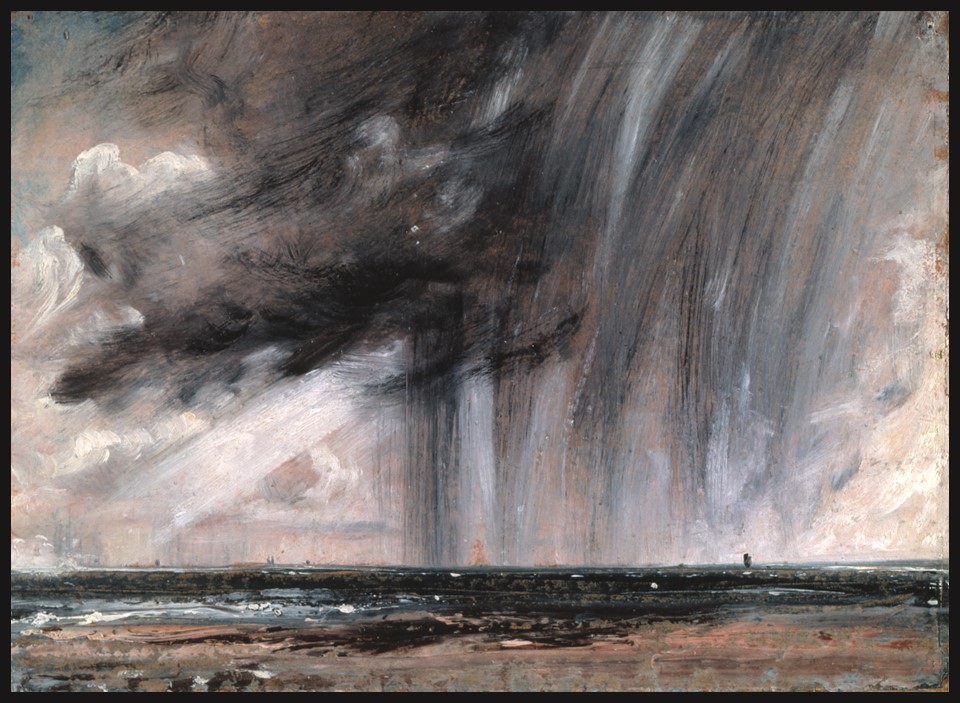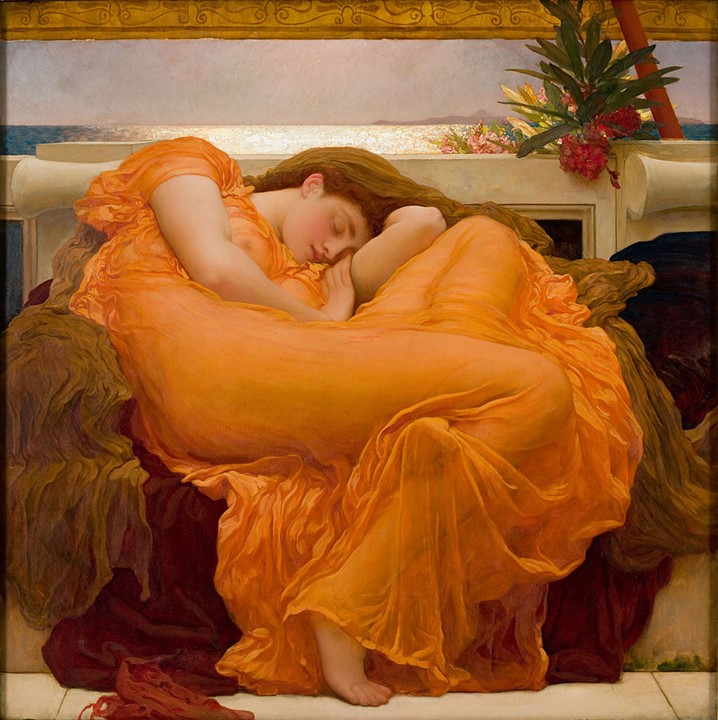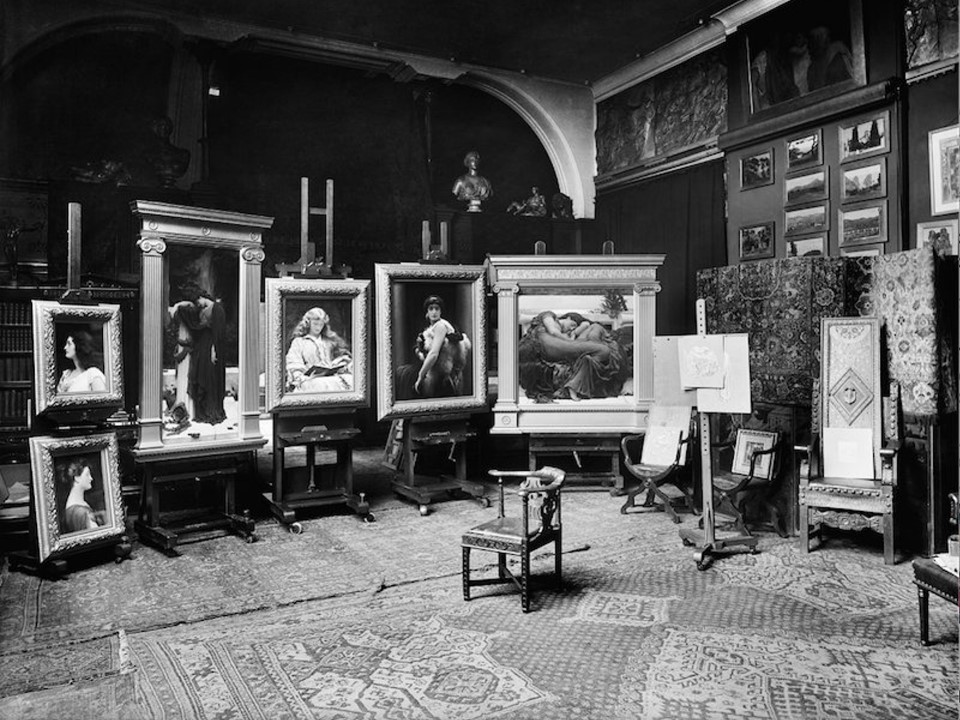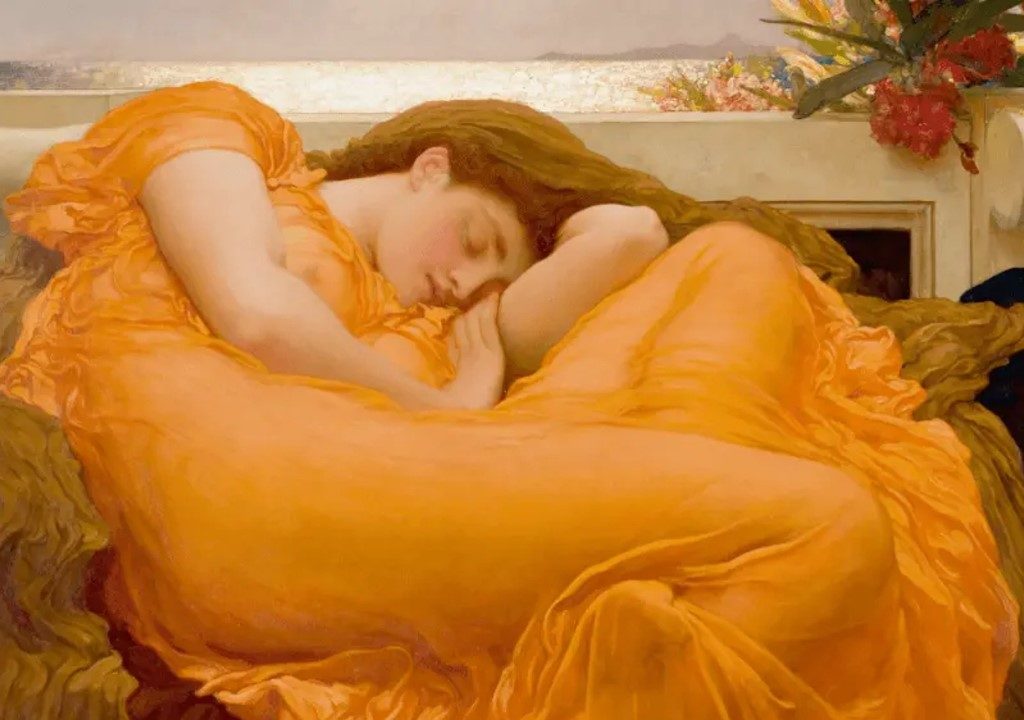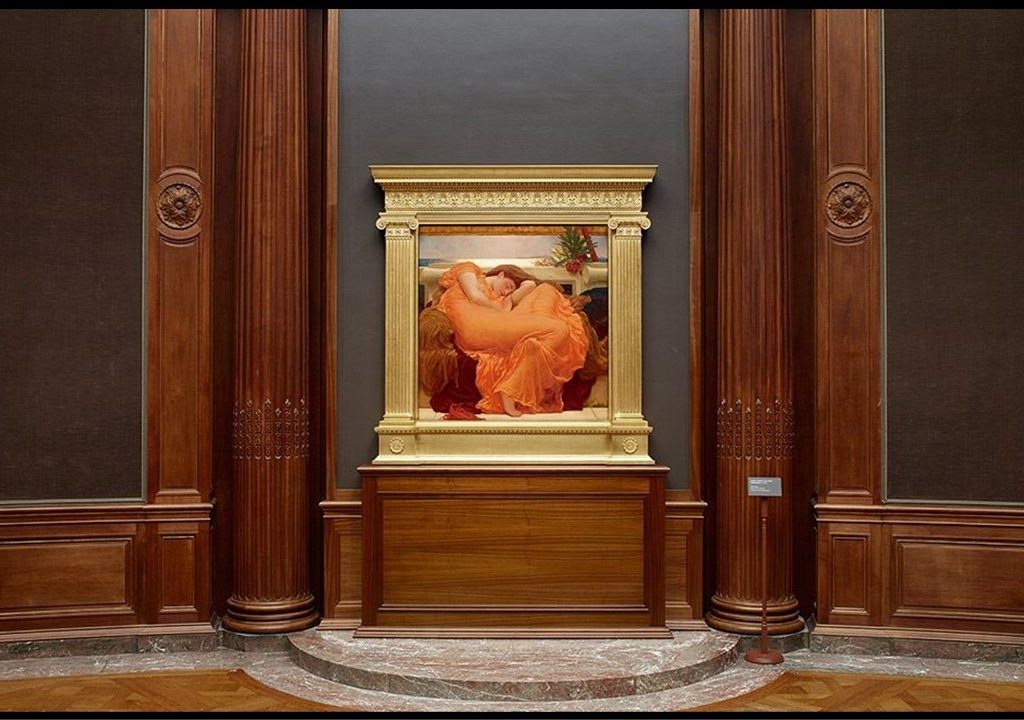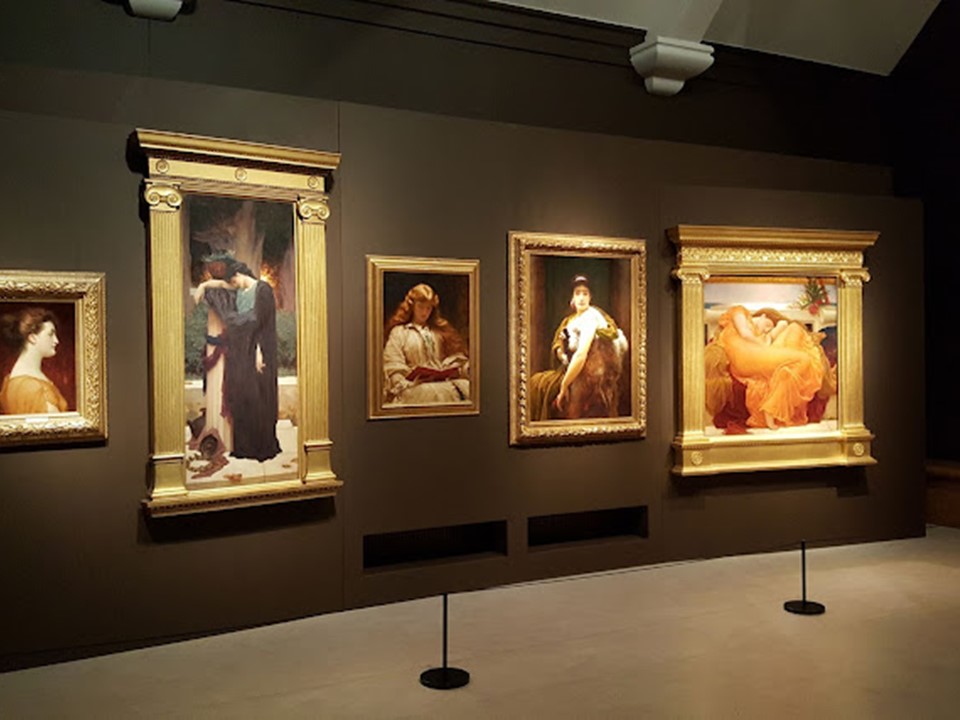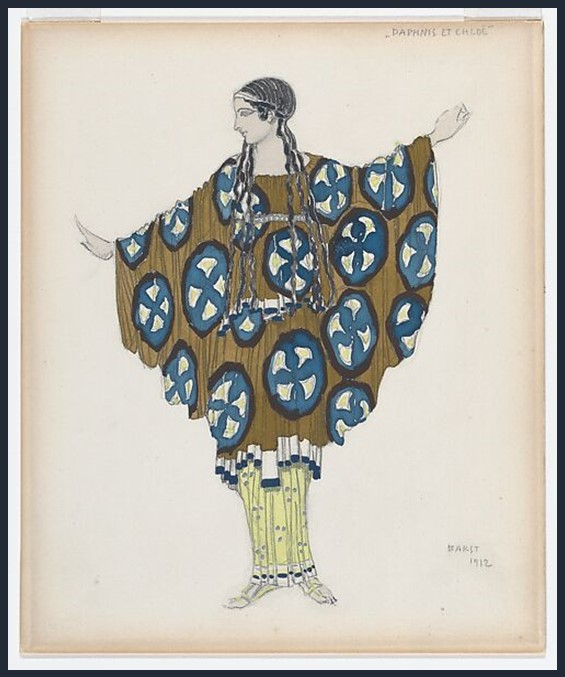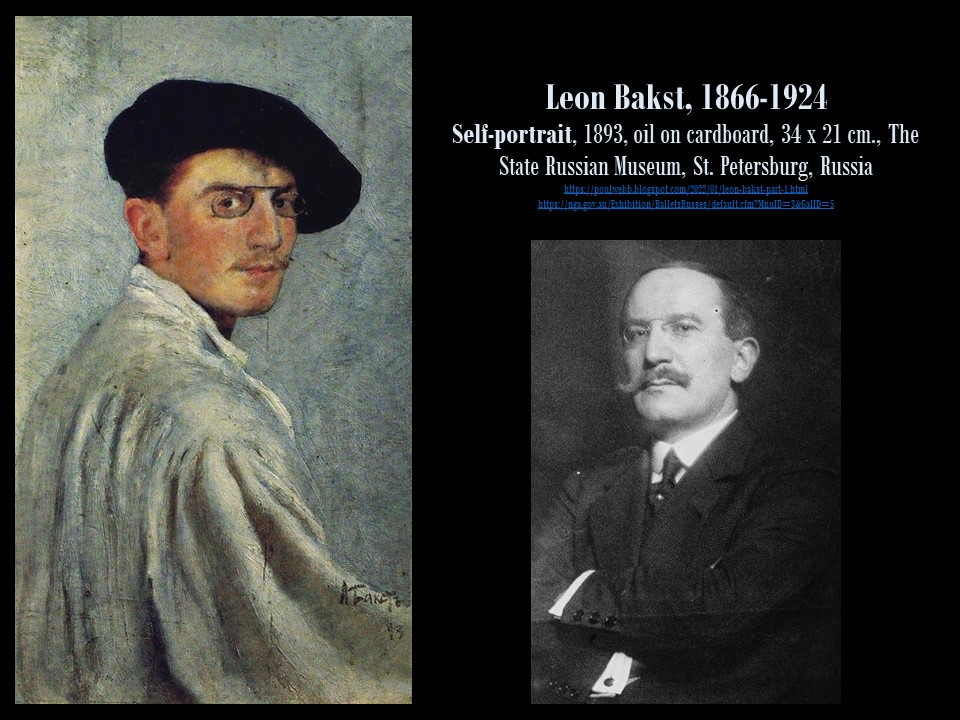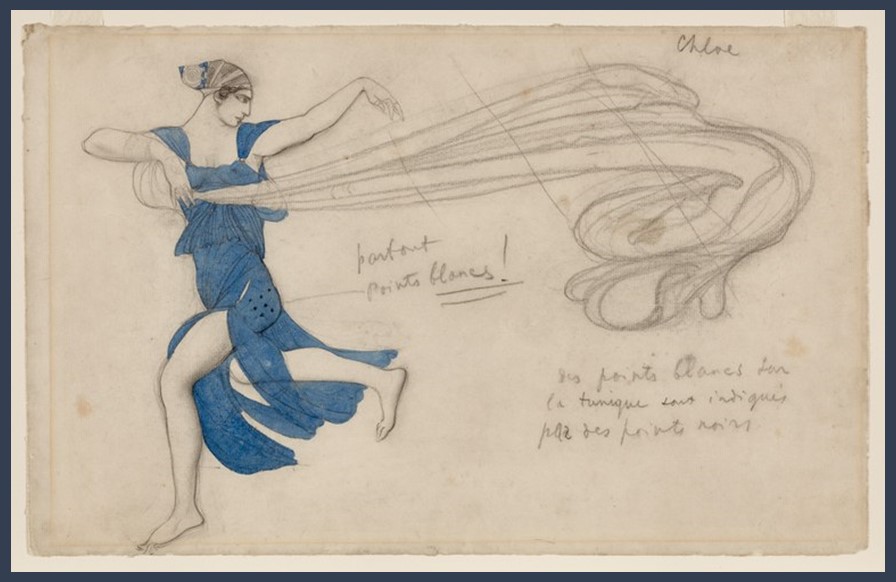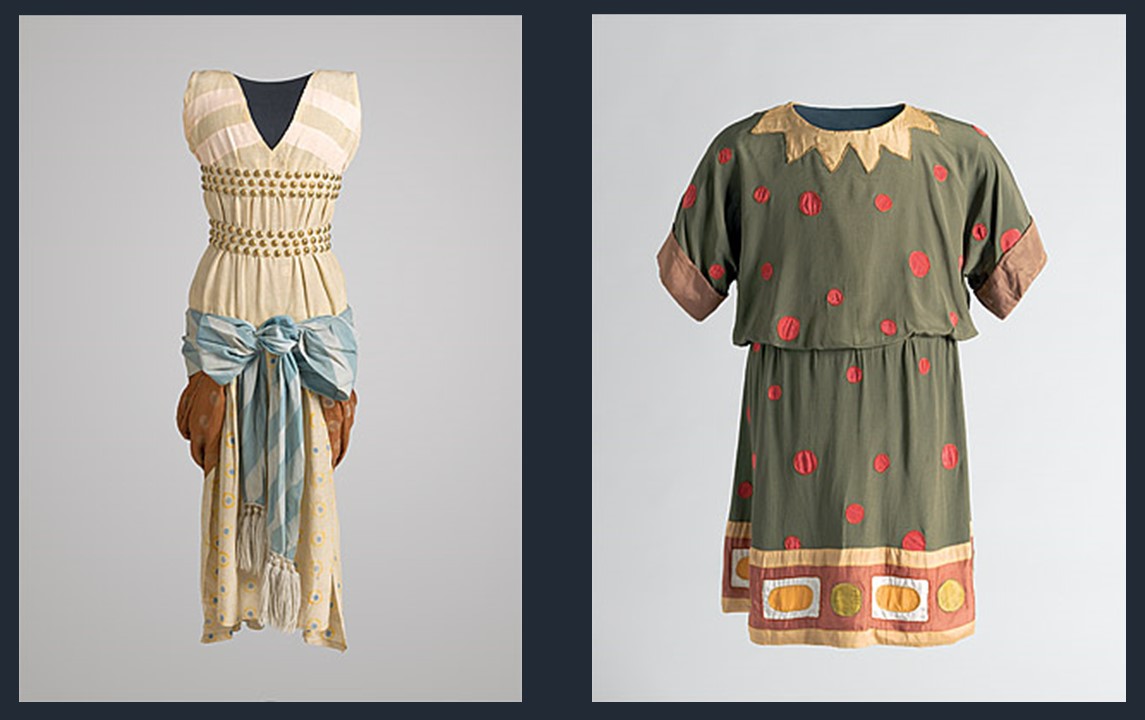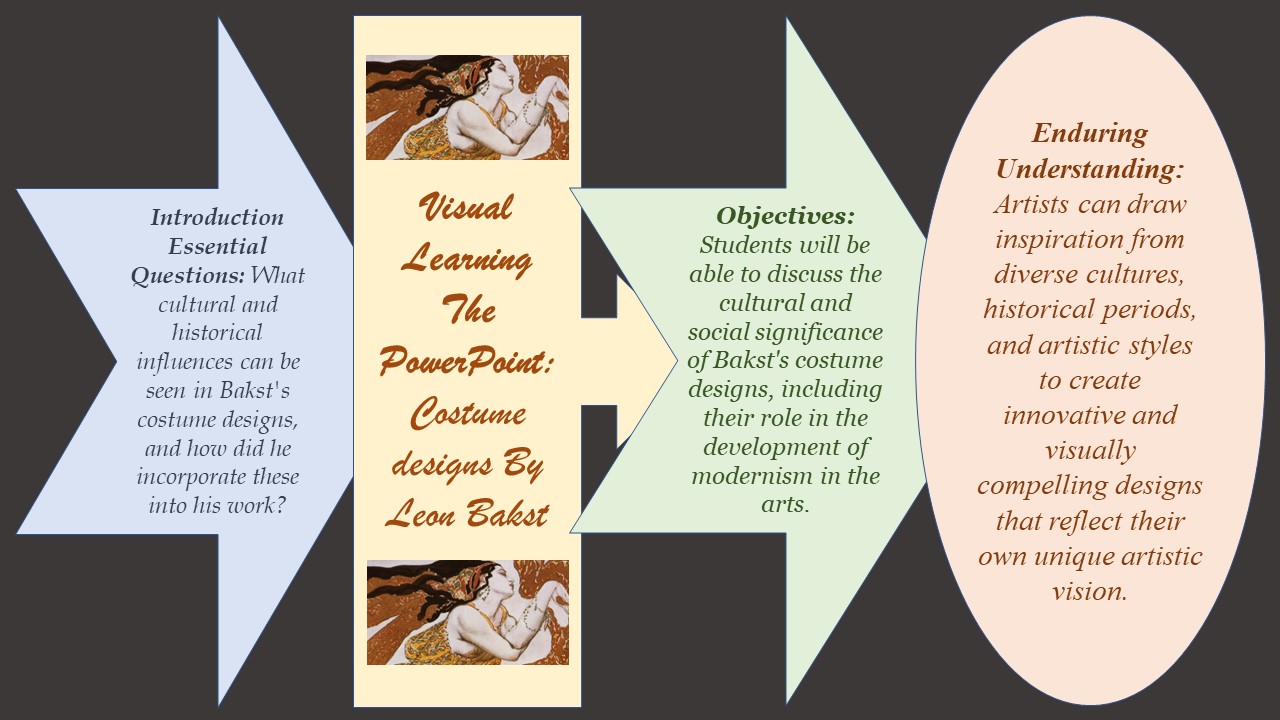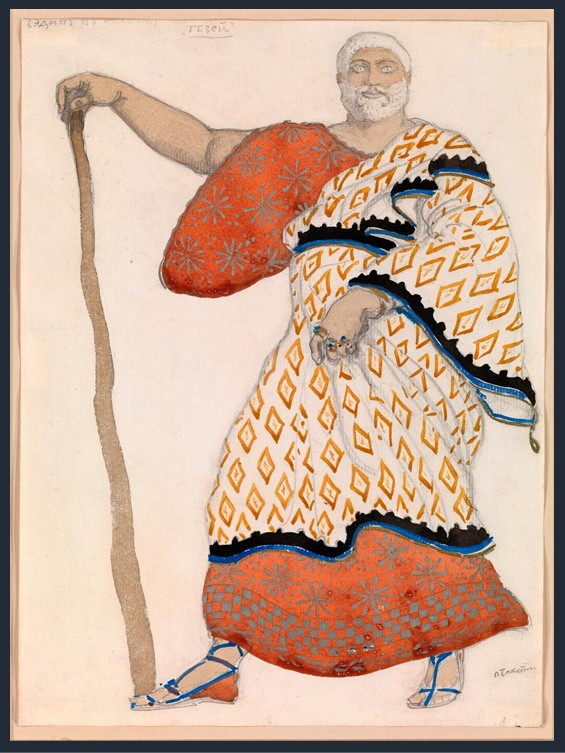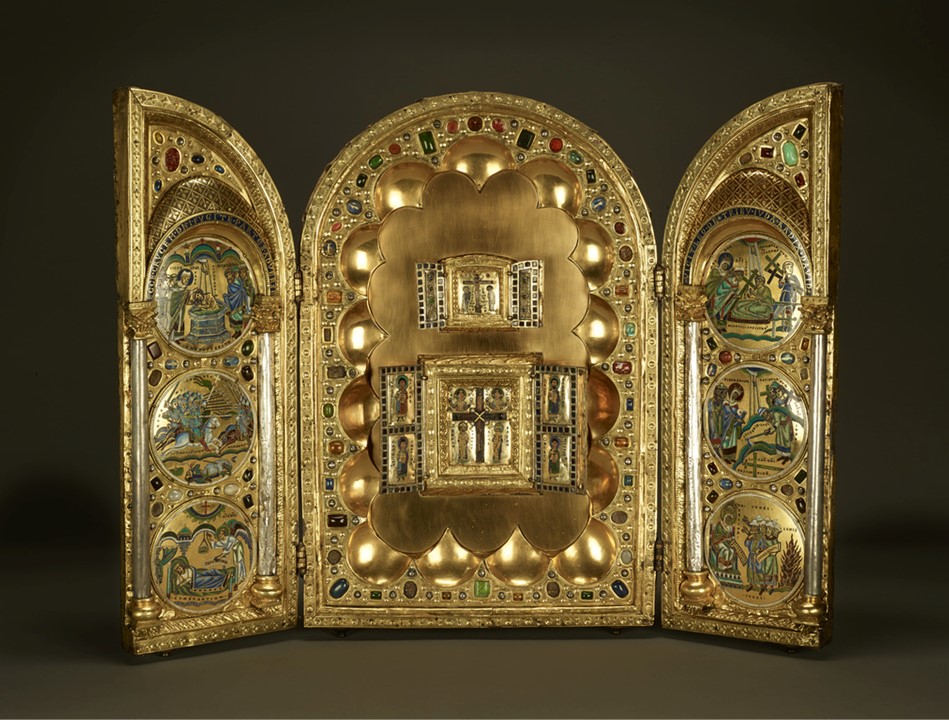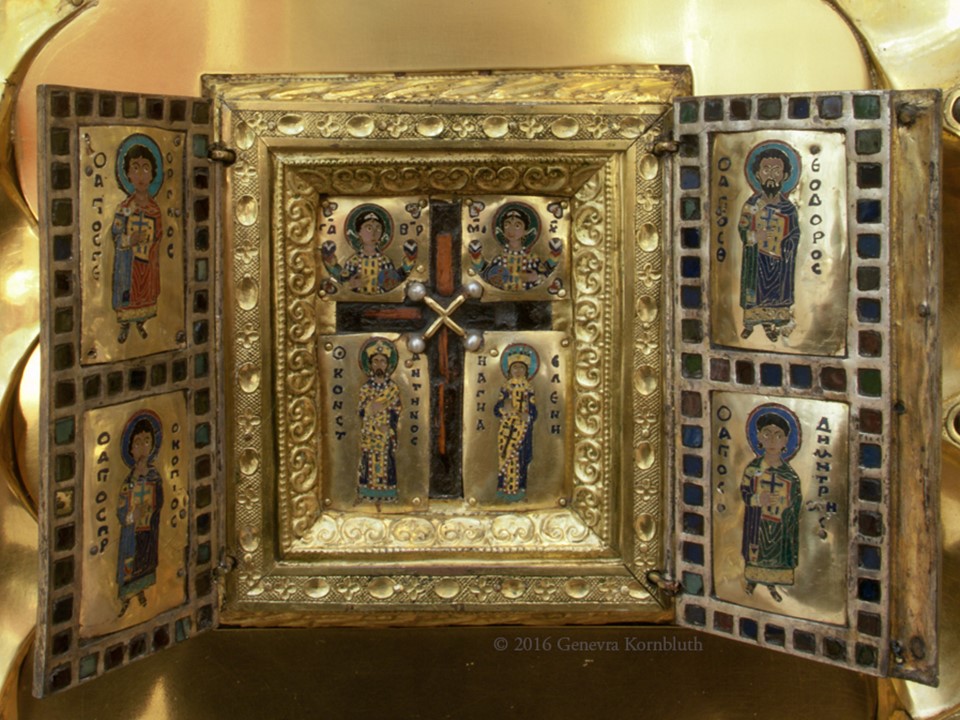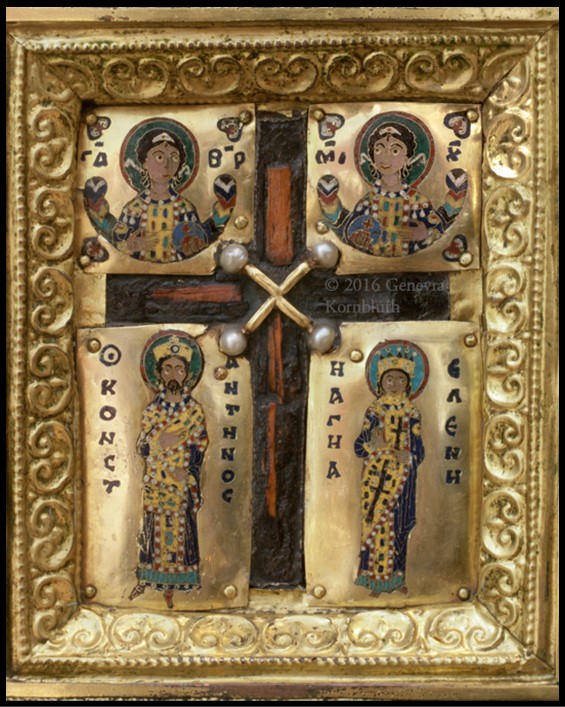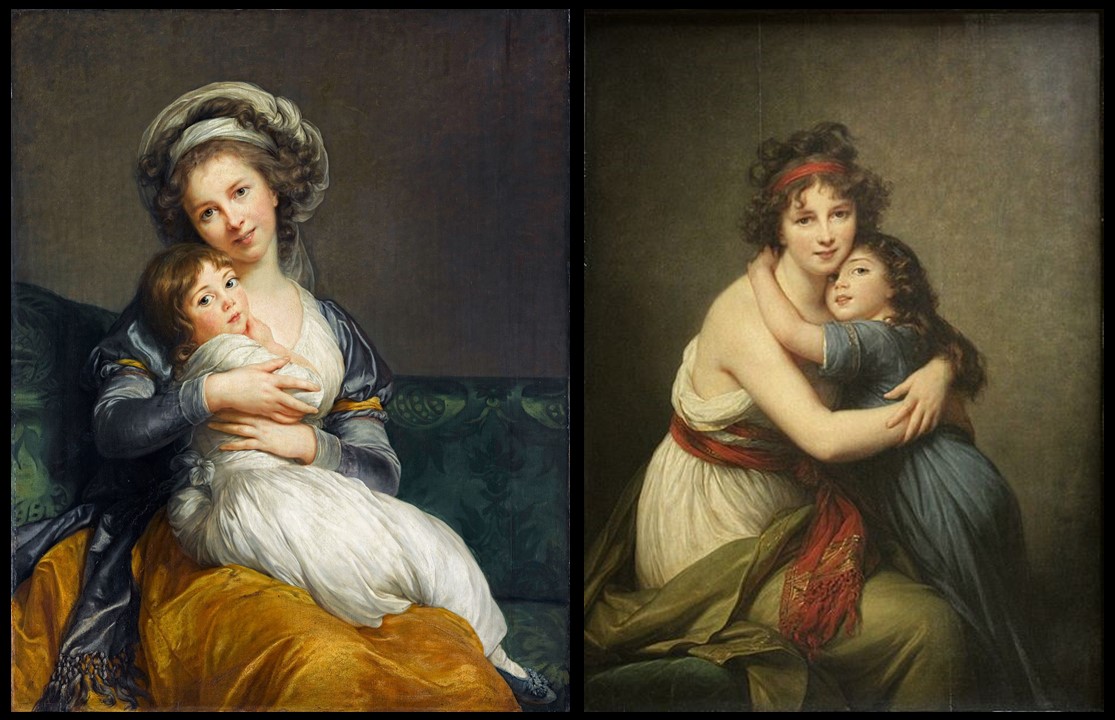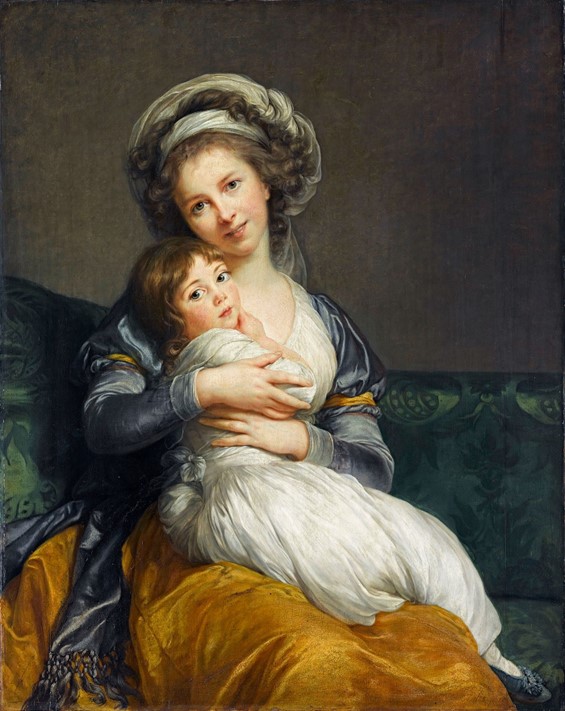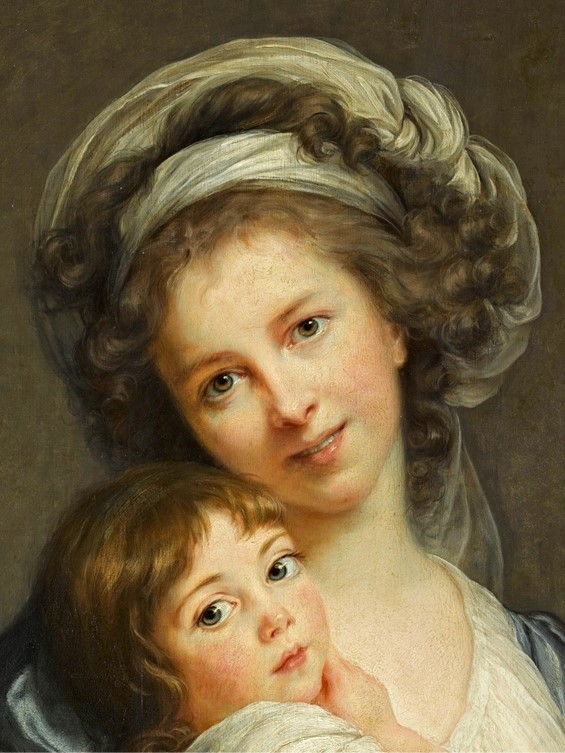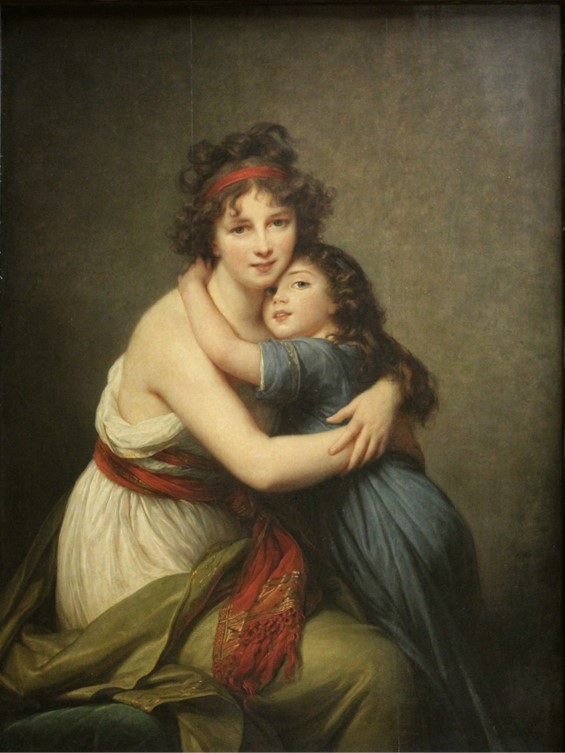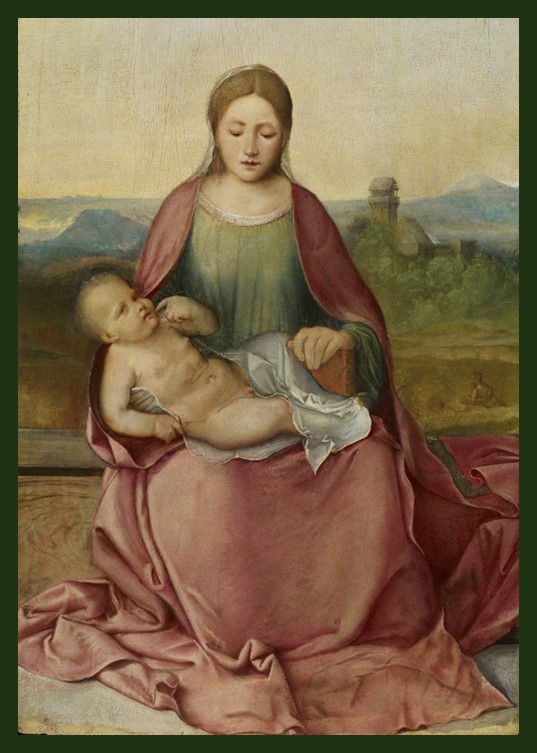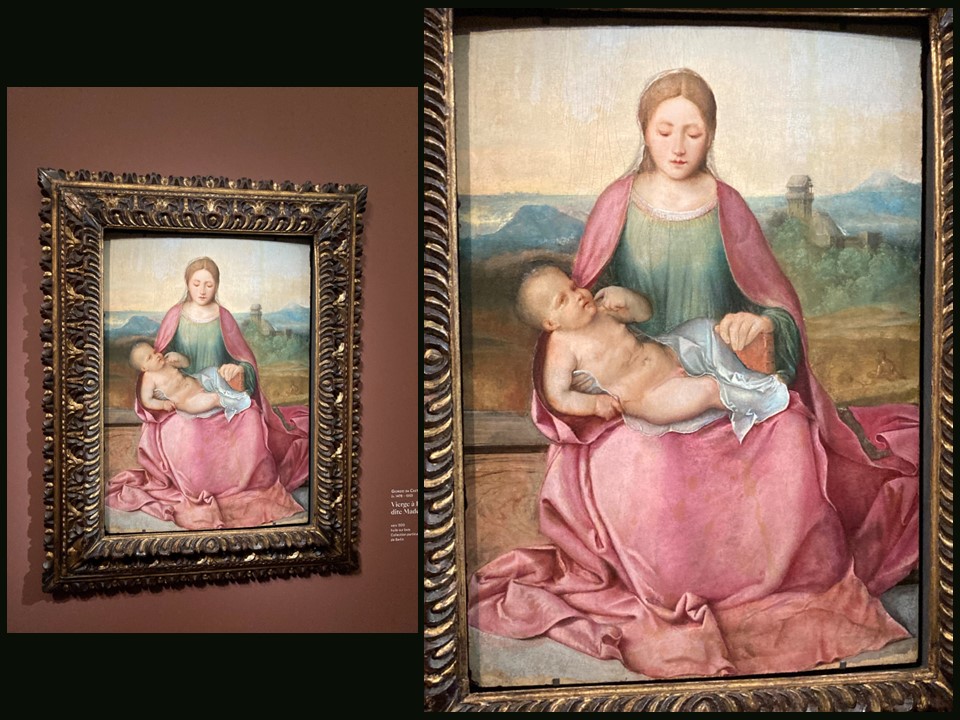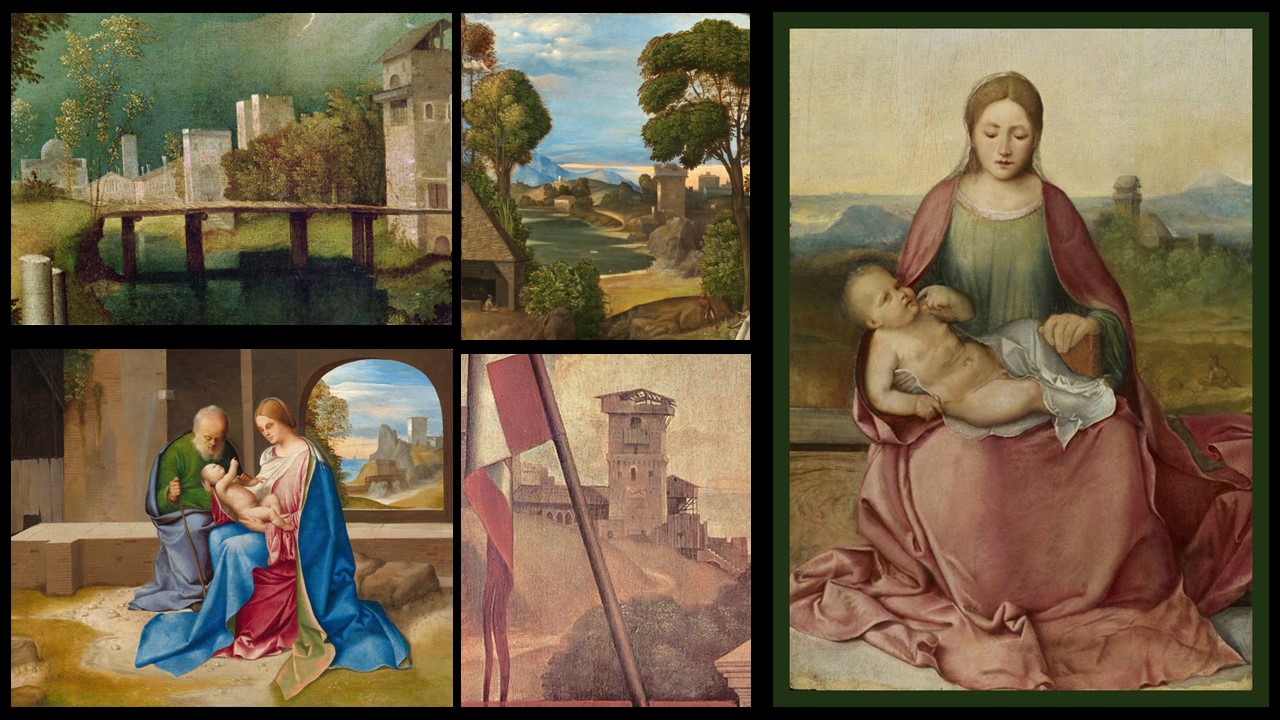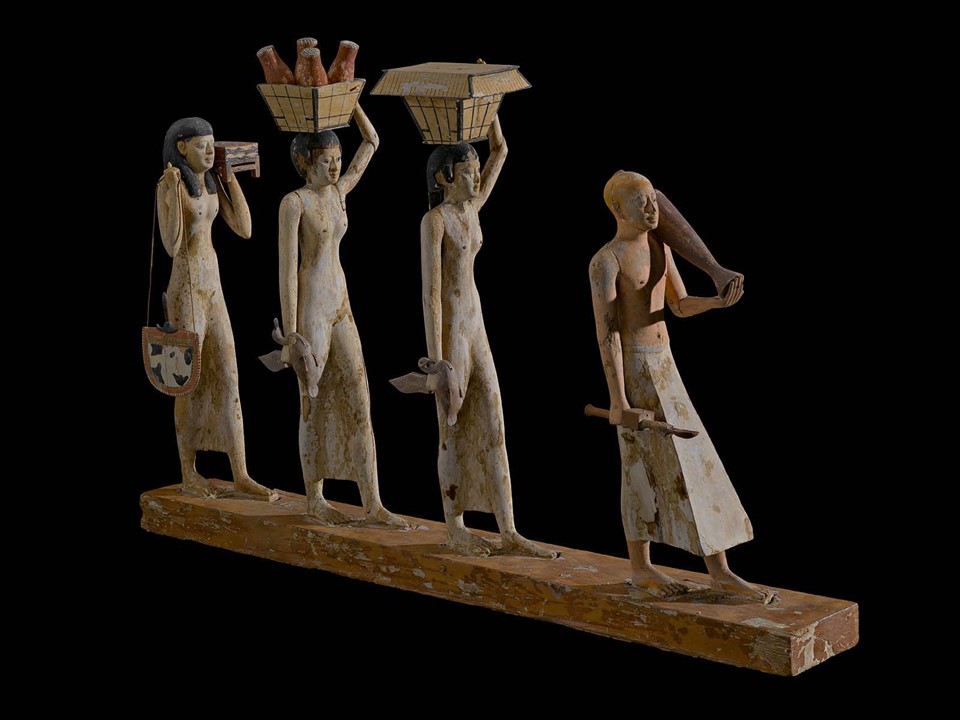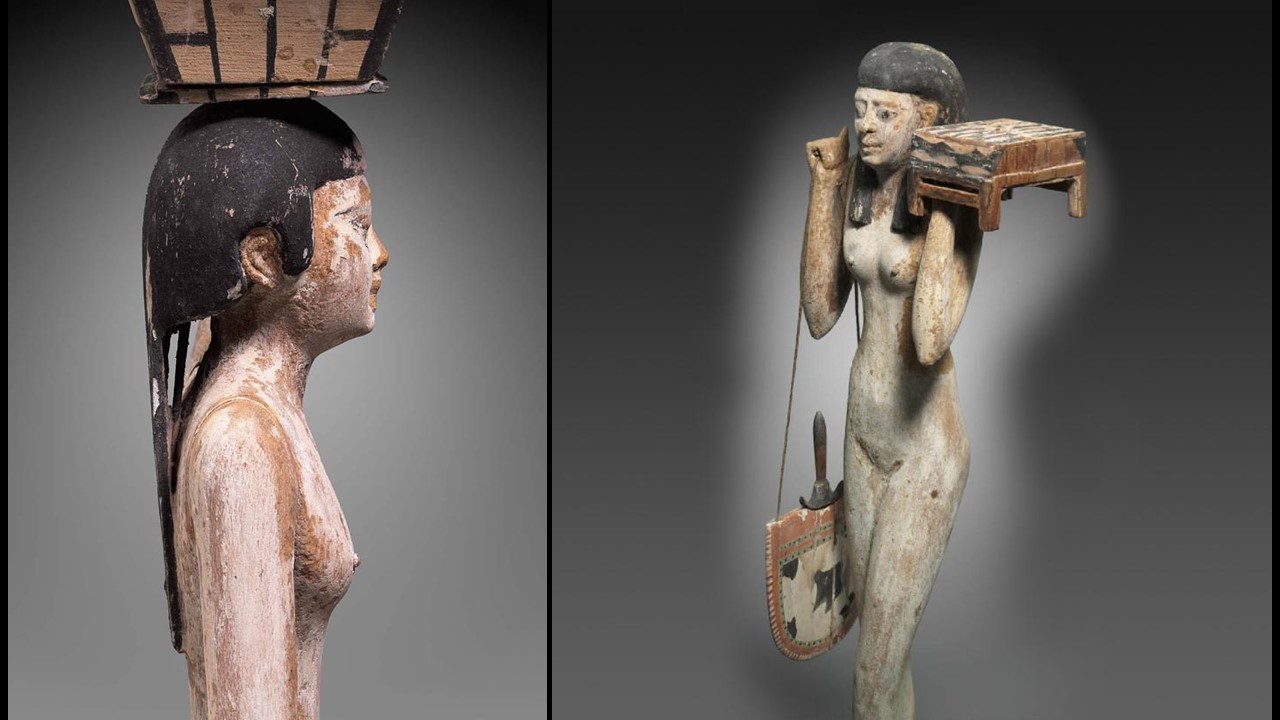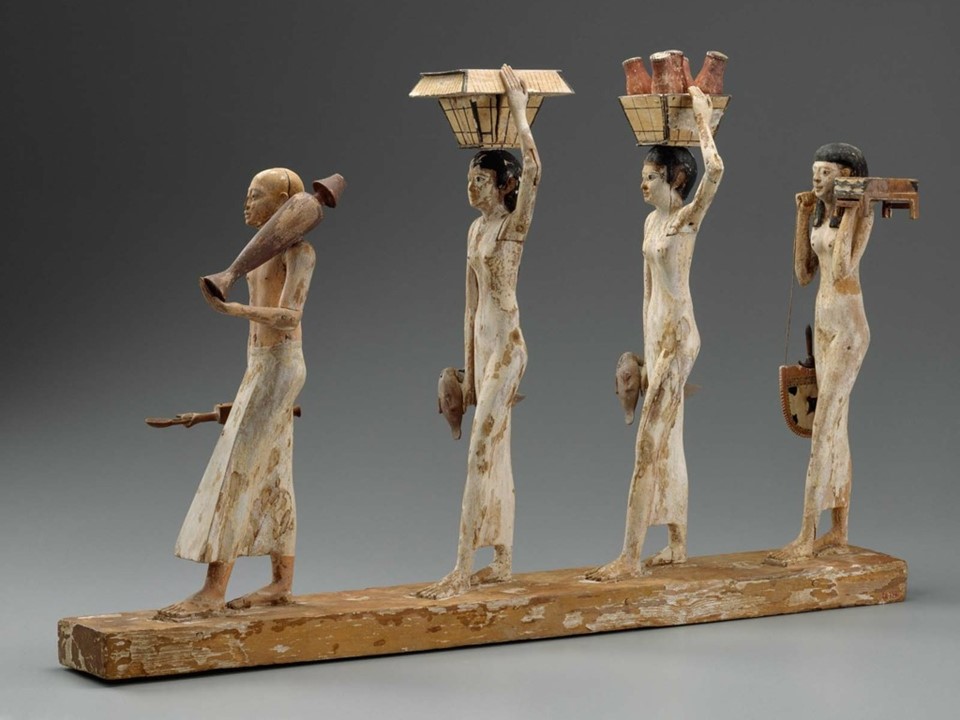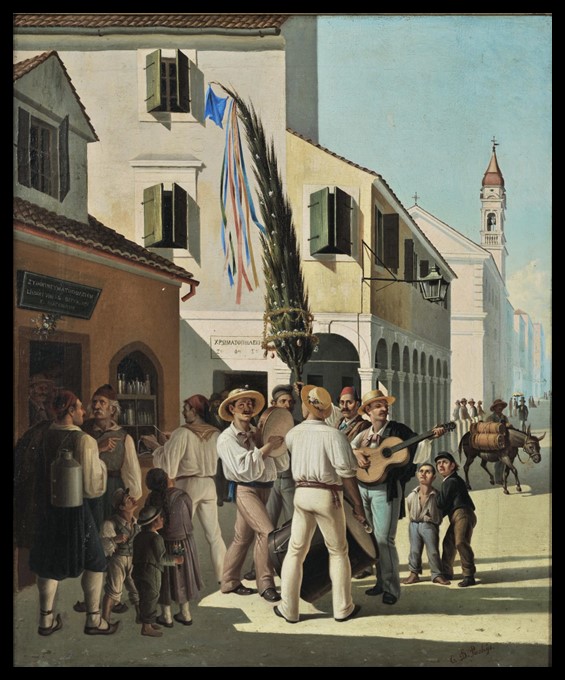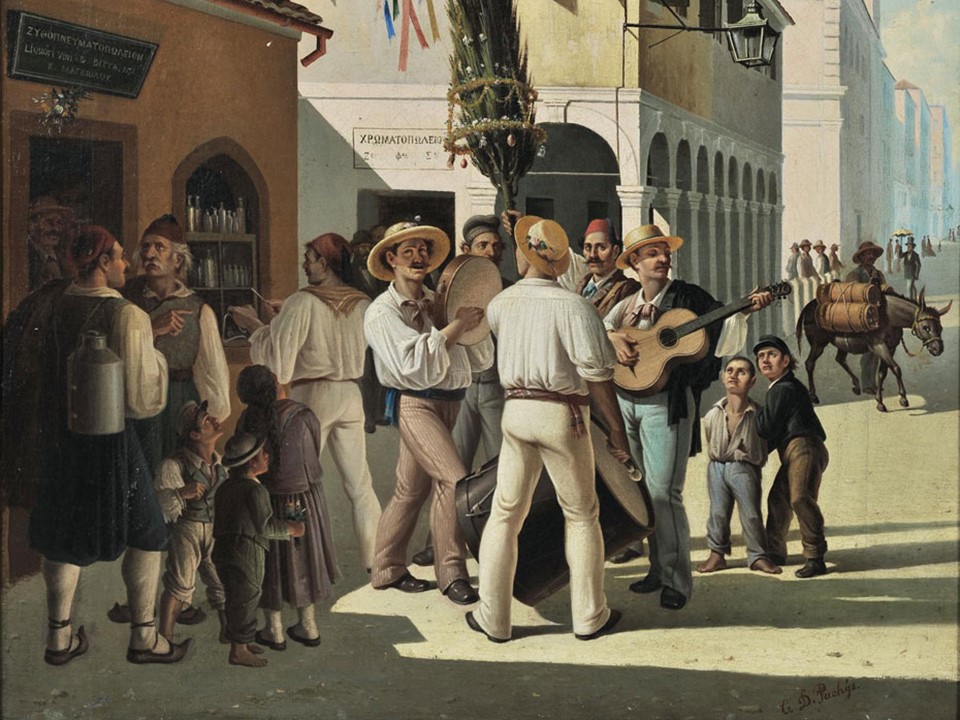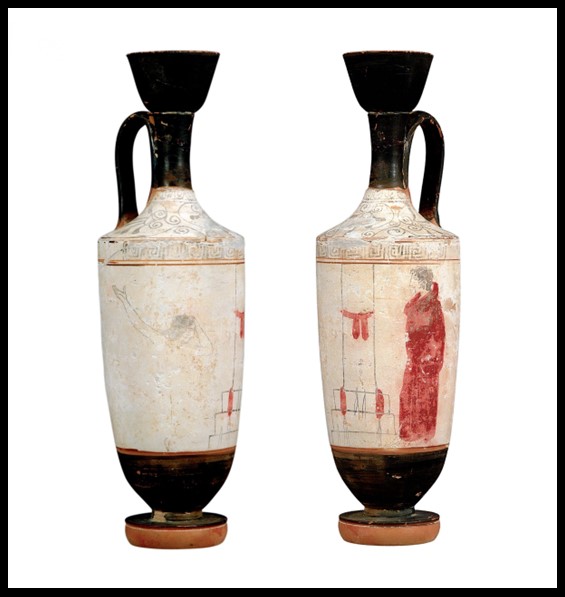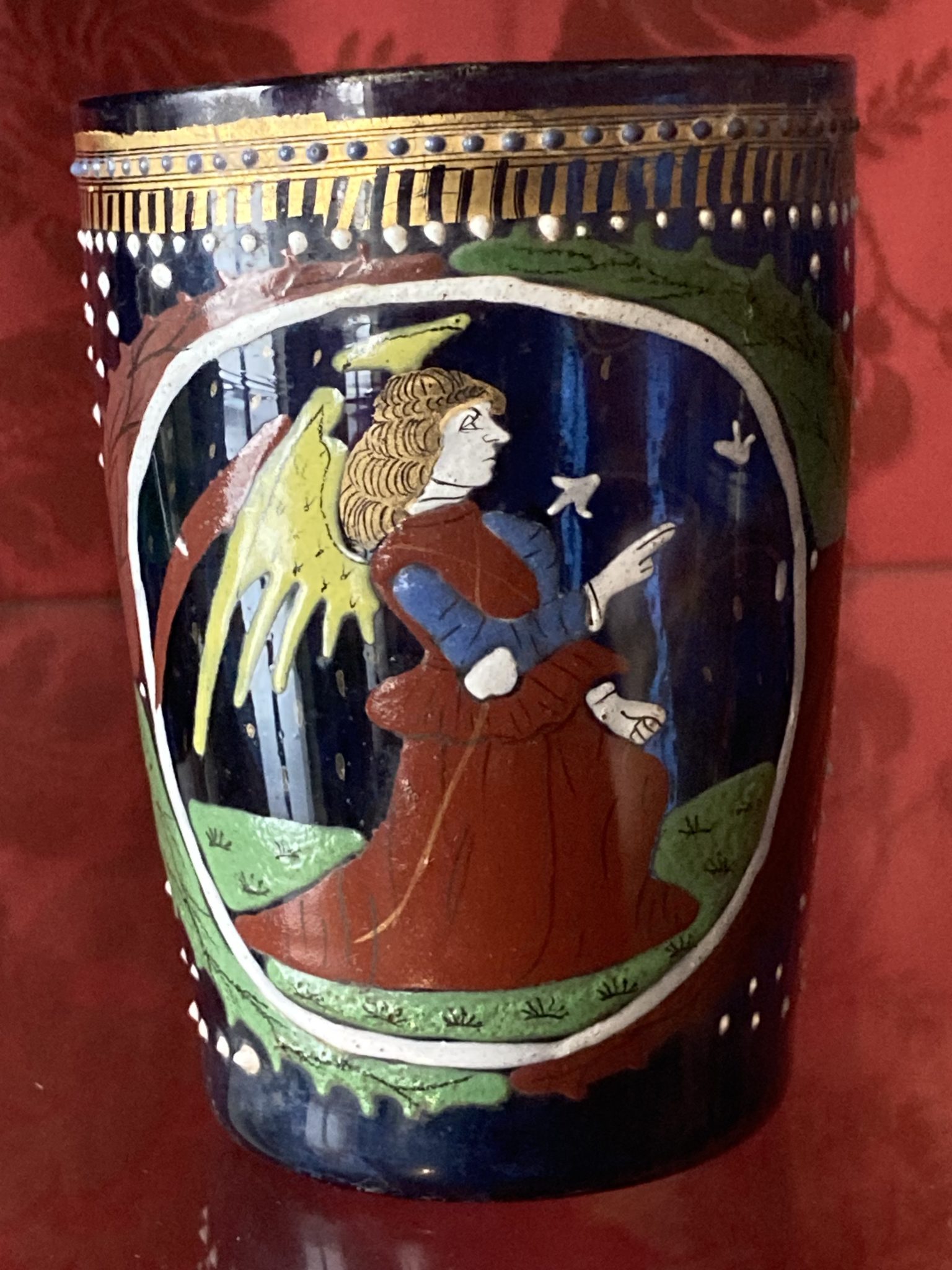
Finally, after centuries of isolated beginnings and endings, rediscoveries and losses, Venetian workers in the mid-15th century commenced a tradition of enameling on glass vessels that would become widely disseminated in other European glassworking cultures—and continue to be practiced, without interruption, to the present day. A new BLOG POST on The Enameled Murano Beaker at Musée Jacquemart-André is my lead to investigating the art of glass enameling in the Venetian lagoon. https://www.cmog.org/article/enameled-glass-vessels-1425-bce-1800-decorating-process
I know little about Enameled Glass, but the Murano beaker I saw at Musée Jacquemart-André got me interested in investigating its type further. The internet site of the Museum, unfortunately, provided no information on the enameled beaker in its collection. The Corning Museum of Glass, however, provided valuable information on Enameled Glass in general. Based on the information I read, let me answer some questions starting with What, and How https://home.cmog.org/
What is Enameled Glass? Enameled glass is a type of glass that has been decorated with a layer, or more, of colored or opaque vitreous enamel. For a most useful and detailed description of how an Enameled Glass piece is created, you can read a 15th-century manuscript in the Library of San Salvatore in Bologna. It was brought to scholarly attention in 1982 by Hugh Tait… the text says: To paint glass, that is to say, cups or any other works in glass with smalti or any colour you please, take the smalti you wish to use, and let them be soft and fusible, and pound them upon marble or porphyry in the same way that the goldsmiths do. Then wash the powder and apply it upon your glass as you please and let the colour dry thoroughly; then put the glass upon the rim of the chamber in which glasses are cooled, on the side from which the glasses are taken out cold, and gradually introduce it into the chamber towards the fire which comes out of the furnace and take care you do not push too fast lest the heat should split it, and when you see that it is thoroughly heated, take it up with the pontello and fix it to the pontello and put it in the mouth of the furnace, heating it and introducing it gradually. When you see the smalti shine and that they have flowed well, take the glass out and put it in the chamber to cool, and it is done… All About Glass | Corning Museum of Glass (cmog.org)
How did Enameled Glass develop, chronologically up to and including the 16th century, in Murano, Italy? A. 1291 AD: The furnaces of all glassmakers in Venice were relocated to the island of Murano due to the risk of fires. This was the start of the concentration of the Venetian glassmaking industry in Murano. B. 14th century: During this period, Venetian glassmakers began to gain renown for their high-quality and innovative creations. The art of enameling glass, known in Venice since the Middle Ages, was probably inspired by Byzantine models. C. 15th and 16th centuries: The peak of the art of enameled glass in Murano was achieved. Artists such as Angelo Barovier and the workshop of the “Seguso” family introduced a refined style of painting on glass with enamels, creating objects of extraordinary beauty. During this time, Venetian Enameled Glass, often decorated with scenes from contemporary life or mythology, was sought after by the wealthiest and most powerful individuals in Europe.
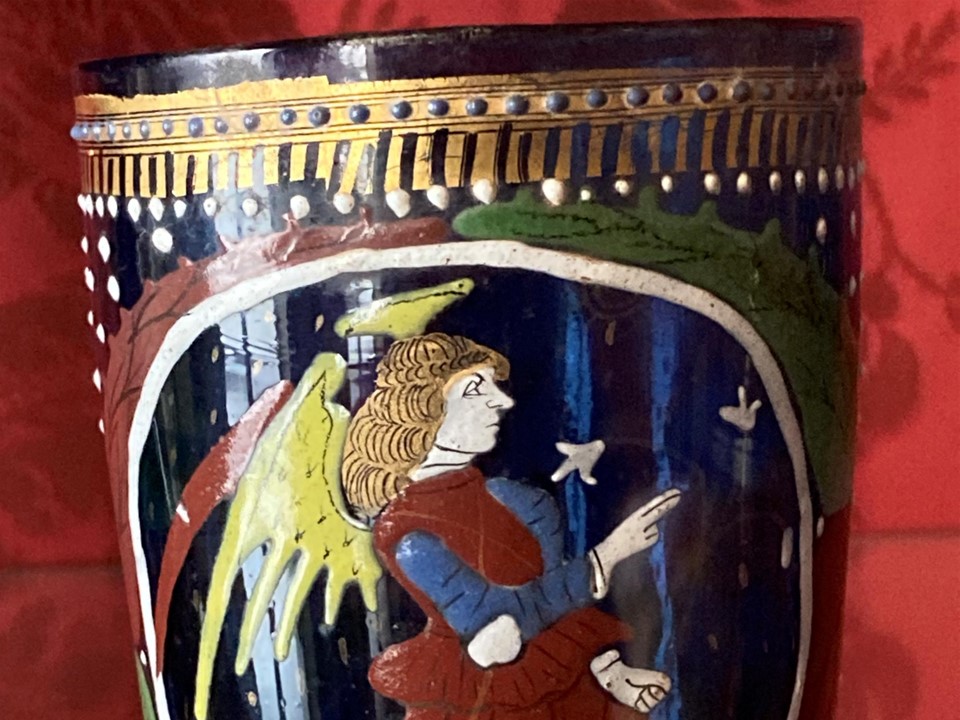
What do we know about the Enamelled Murano Beaker at Musée Jacquemart-André? Personally, very little. Great help in my quest to learn about this precious piece of glass making, has been reading two articles, The Renaissance Enameled Vessels from Padua Santa Chiara Monastery by Silvia Ferucci, Rosa Barovier Mentasti, and Cristina Tonini (pages 92-94) and Authentic or Not? Searching for Firm Ground in the Discussion on Renaissance Venetian Gilded and Enameled Glasses by Françoise Barbe, Erwin Baumgartner (Journal of Glass Studies, Vol. 63 (2021), page 152) https://www.academia.edu/60865313/Renaissance_Enamelled_Vessels_Padua_Santa_Chiara_Convent_Cristina_Tonini_Silvia_Ferucci_Rosa_Barovier_Mentasti, and https://www.jstor.org/stable/48635697?read-now=1#page_scan_tab_contents
According to Ferucci, Barovier Mentasti, and Tonini… The Annunciation was a subject of Venetian enameled decoration on glass since the early seventies of the 15th century, at least. A list, for example, dated March 31, 1474, of glass beakers by Giovanni da Lodi, enameller active in Murano, includes a beaker with the Annunciation (uno cieto a nuntiata). The 200-2001 excavations conducted in the Monastery of Santa Chiara in Padua revealed four enameled Glass beakers with an Annunciation scene dating towards the end of the 15th century and the beginning of the 16th century.
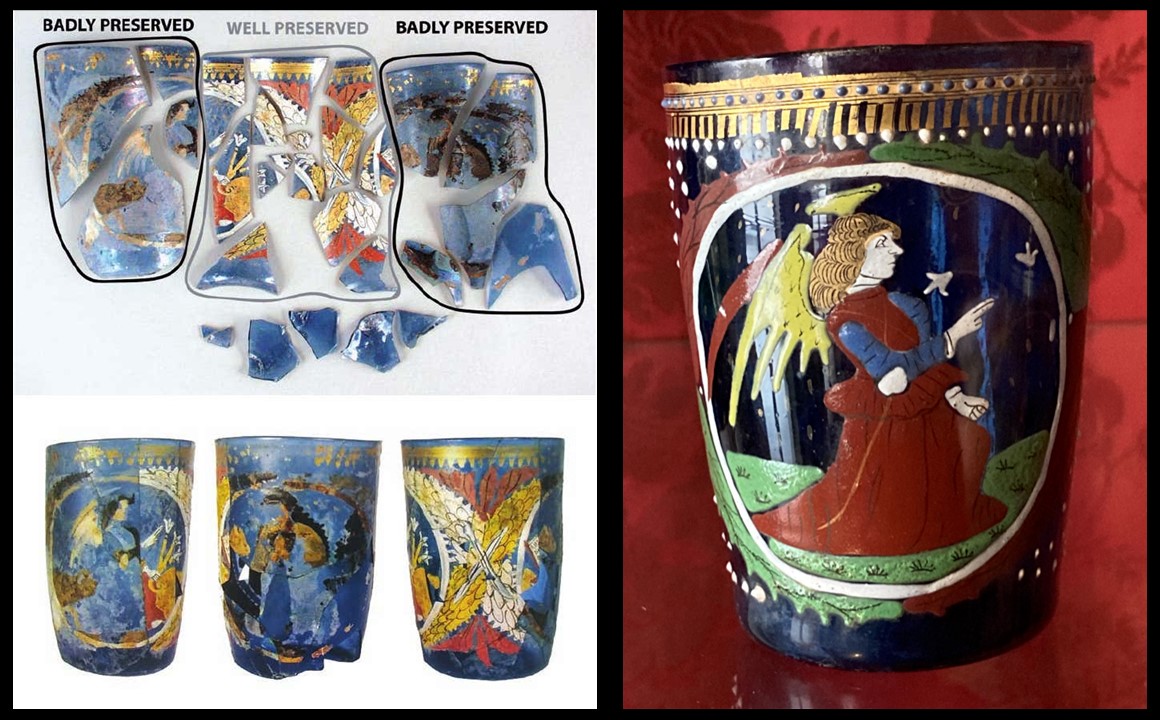
The four Padua beakers with the Annunciation show the Virgin announced and the archangel Gabriel, each inside a simple roundel of white or yellow colour. The only difference is that in one of the beakers, a plush yellow and white laurel wreath is added around the white roundel. According to the authors, this embellished beaker is similar to the Annunciation blue beaker kept in the Musée Jacquemart André in Paris. Édouard André, (1833-1894), the authors add, and Nélie Jacquemart (1841-1912), his wife, collected Italian art and decorative art, showing a particular interest also in Venetian art, like the blue glass beaker. The only difference, according to my humble opinion, is that the green/terracotta red wreath of the Musée Jacquemart André is thinner and less luxurious looking, yet perfectly fitting and complementing the composition’s colour scheme.
The next information comes from the article of Françoise Barbe and Erwin Baumgartner. The authors stress the importance of the archaeological discovery in the convent of Santa Chiara in Padua. They also stress the stylistic similarities between the two glass beakers (in Padua and in Paris). However, when a glass analysis was performed for each glass beaker, the results showed differences in their composition. Thus, Barbe and Baumgartner presented three questions: 1. Was the Paris glass beaker in the façon de Venise, produced during the Renaissance period, but in a different location than Venice? Was it a copy made during a later chronological period to complete, for example, an antique-style series? Or was it a fake? The authors believe that there is no decisive answer to any one of the three questions and further investigation is in demand.
For a Student Activity, please… Check HERE!
Photo Credit for the Padua Annunciation Beaker… https://www.academia.edu/60865313/Renaissance_Enamelled_Vessels_Padua_Santa_Chiara_Convent_Cristina_Tonini_Silvia_Ferucci_Rosa_Barovier_Mentasti
